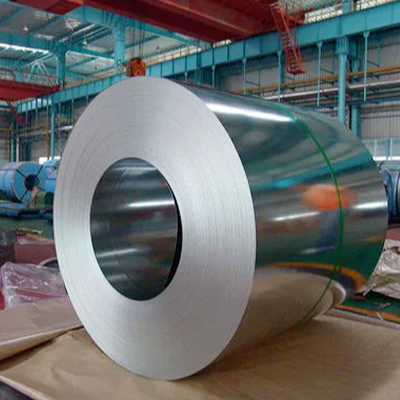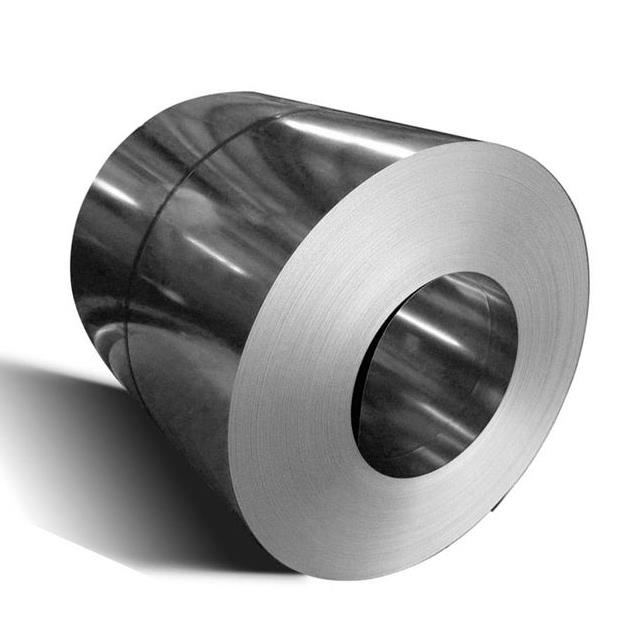China's tubeless tire raw material production technology has made further breakthroughs
China's auto industry is rapidly developing, and tire- less internalization is one of the directions. The brominated butyl rubber production technology independently researched and developed by professors such as Zhejiang University professor Chen Ganxuan broke the monopoly of the United States, Germany and other countries, and made the tubeless tyres domestically used in the key link of raw material production.
The Zhejiang Chemical Industry Association and Hangzhou Longshan Chemical Co., Ltd. held a press conference in Hangzhou on November 25, 2010. They announced that the bromine was developed under the leadership of Zhejiang University’s Professor Chen Ganyao after testing by the rubber industry state laboratory and the Beijing Rubber Industry Research and Design Institute. The industrialized pilot samples supported by the butyl rubber production technology have the same key technical specifications as the imported similar products.
According to reports, this technology is based on the chlorinated butyl rubber production technology and the bromobutyl rubber trial, and has already applied for two national invention patents.
Brominated butyl rubber is an irreplaceable raw material for the manufacture of tubeless tires. It is also a necessary raw material for medical rubber products and is a strategic material. Its production technology was previously monopolized by multinational corporations in the United States, Germany and other countries.
In order to achieve the localization of key technologies , in 2009, Hangzhou Longshan Chemical Co., Ltd., Zhejiang Qicheng Technology Co., Ltd. and Chen Ganchao’s research team established the bromobutyl rubber pilot team and built a pilot plant with an annual output of 1,000 tons. . The first 200 kilograms of products were sent to Hangzhou Zhongce Rubber Co., Ltd. to make trial-made all-steel radial tires. The products passed the indoor 100,000-kilometer simulation and durable high-speed test and all met the quality requirements.
According to reports, the scientific research personnel will further improve the existing design support, break through the bottlenecks that restrict production capacity, and build a computer-controlled continuous production plant with an annual capacity of 3,000 tons of bromobutyl rubber to provide design data for plants that expand to 10,000 tons. .
Galvanized steel can be classified into two main types: hot-dip galvanized steel and electro-galvanized steel.
Hot-dip galvanization is the most common method of galvanizing steel. In this process, the steel is first cleaned and then immersed in a bath of molten zinc at a temperature of around 450°C. The zinc reacts with the surface of the steel, forming a series of zinc-iron alloy layers that provide excellent corrosion protection.
Electro-galvanization, on the other hand, is a process that involves using an electric current to deposit a thin layer of zinc onto the steel surface. This method is typically used for thinner gauge steel and provides a smoother finish than hot-dip galvanization. However, it may not be as durable as hot-dip galvanization and is typically used for less demanding applications.
In addition to its corrosion resistance, galvanized steel is also fire-resistant and has good thermal conductivity. It is also relatively easy to fabricate and can be formed into a wide range of shapes and sizes, making it a versatile material for various applications.
However, galvanized steel may not be suitablefor all applications. It has a shorter lifespan than some other corrosion-resistant materials, such as stainless steel, and may require regular maintenance to ensure its continued protection against corrosion. Additionally, galvanization can affect the appearance of the steel, giving it a characteristic dull gray or silver color that may not be desirable for some aesthetic applications.
Another consideration with galvanized steel is the potential environmental impact of the galvanizing process. The production of galvanized steel typically involves the use of large amounts of energy and resources, and the disposal of waste products from the galvanizing process can have environmental implications. However, efforts are being made to improve the sustainability of the galvanizing process, such as through the use of more energy-efficient production methods and the recycling of waste materials.
Overall, galvanized steel is a popular and versatile material that offers excellent corrosion resistance and durability. Its use is widespread in a variety of industries and applications, and it will likely continue to be an important material for many years to come.


galvanized steel coil,galvanized steel sheet,galvanized steel plate,galvanized coil,galvanized sheet
Wuxi Shengshu Metal Co., Ltd. , https://www.wuxissmetal.com